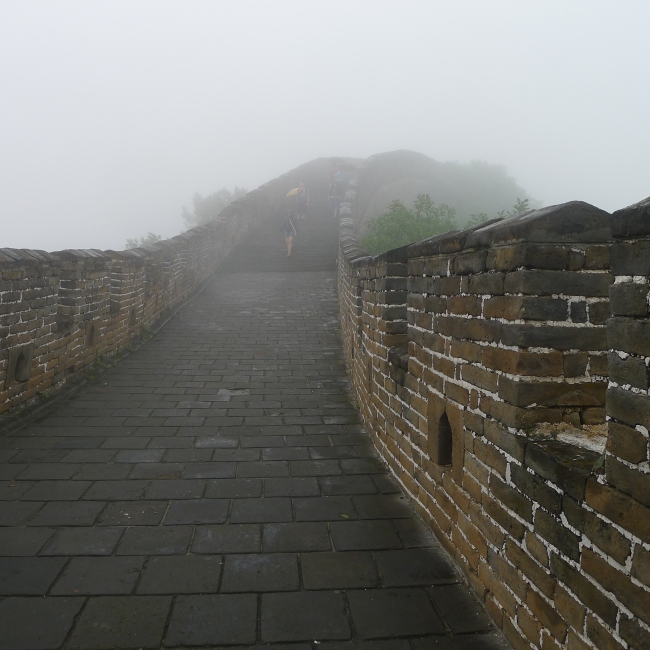This what my son asks, when I explain that the KKK is a white terrorist organization. As my previous post of explains, we try to not use the word “terrorist” in our home. http://brooklynbarangay.com/2012/09/12/september-11-and-why-we-dont-use-the-word-terrorist-in-our-home-2/. The basic reason is because terrorism is really just code – code for white supremacist logic about who is “civilized” and who is not, whose lives matters, whose does not.
We rarely watch mainstream news. But my kids were hearing about “terrorism” outside our house, in school, and in the headlines, and so I wanted to introduce a counter-narrative when I used terrorist to describe the KKK.
My son’s question, asked in innocence, casts a glaring spotlight on what terrorism means in our world today. It means brown people, it means Muslim, it means foreign invaders come to take away civilization and replace it with savagery and barbarism. It is racist code, a way to be racist without using the typical slurs or epithets. It is shorthand to attach the weight of white supremacist logic without having to use all the words. It implies the “great clash of civilization” vs the “savages/heathens” narrative in one short word.
Another example of how the racist trope of terrorism has invaded mainstream culture is during the Lord of the Rings, when the “wild men” attack the “last stand of men” with their heads wrapped in scarfs and on elephants. An unmistakable reference to the brown people of India or the Middle East and again my kids recognized it right away – they said, “hey, look, terrorists”.

So I had to unpack it for them. I asked them why they thought this was true. They pointed to the scarfs and said they looked like the Taliban. I tried to explain racist stereotyping, and we talked about what it would mean to have your country invaded by another army. Should defending yourself be considered terrorism? We talked about US drone strikes that have killed children and civilians. Is this terrorism? We tried to talk about perspectives too, to explain that mainstream culture and media is not our perspective because they frame things from a deeply racist set of assumptions.
I posted earlier about talking about race with our children. And I think I will need to have several more posts on this subject. So it is not enough that we don’t use “terrorism” in our house, in fact, it is wrong to avoid the word. We need to talk about it because obviously our kids are immersed in it. I realize now that our children are growing up with different racist codes, different wars, different hatreds and we need to give the tools to unpack these words and understand what they mean.

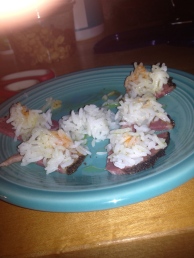
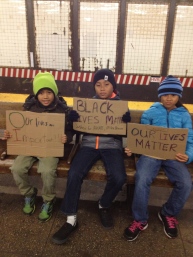

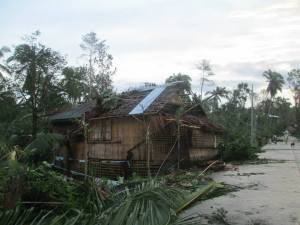

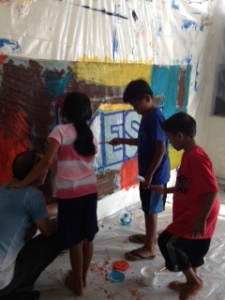
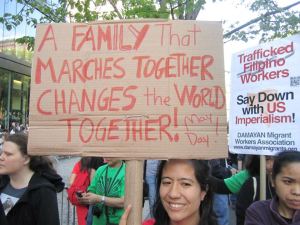
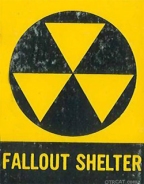
 We were talking about the impending typhoon Haiyan. We were talking in tones of awe, fear, rage. The largest storm to hit the planet, the satellite pictures of a storm that covered the whole country. Our family in harm’s way. The fact that climate change is happening, that global warming threatens to destroy our planet.
We were talking about the impending typhoon Haiyan. We were talking in tones of awe, fear, rage. The largest storm to hit the planet, the satellite pictures of a storm that covered the whole country. Our family in harm’s way. The fact that climate change is happening, that global warming threatens to destroy our planet.


